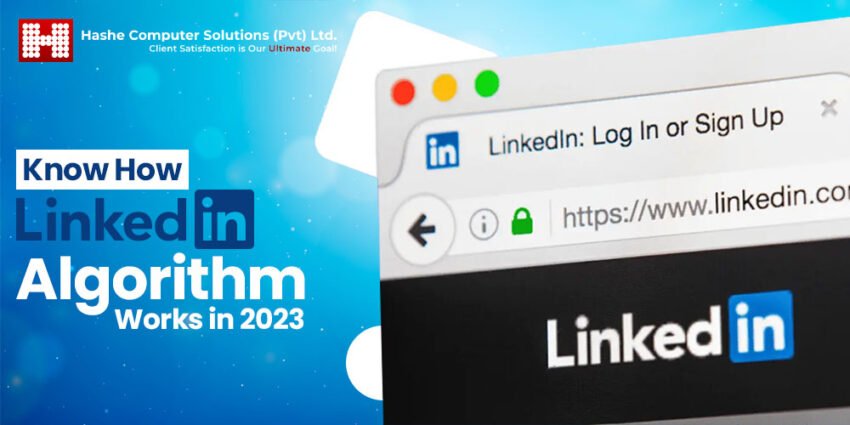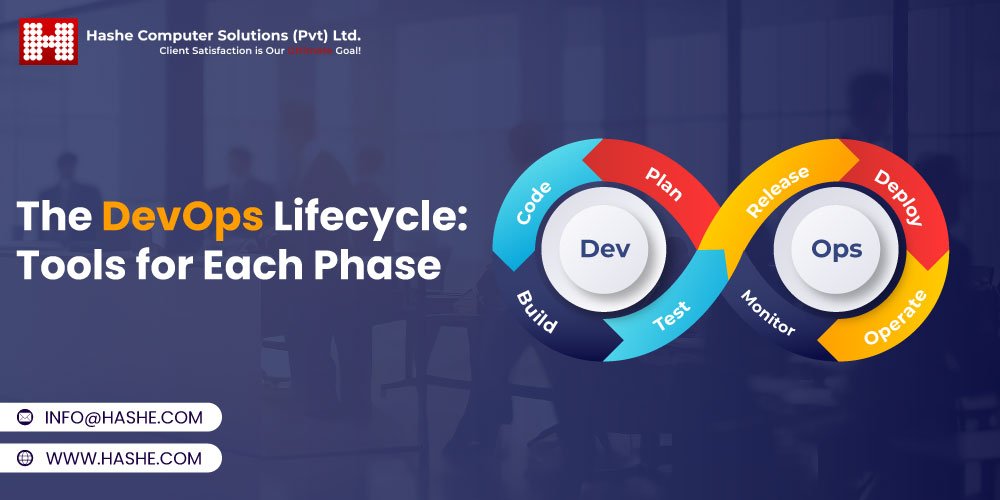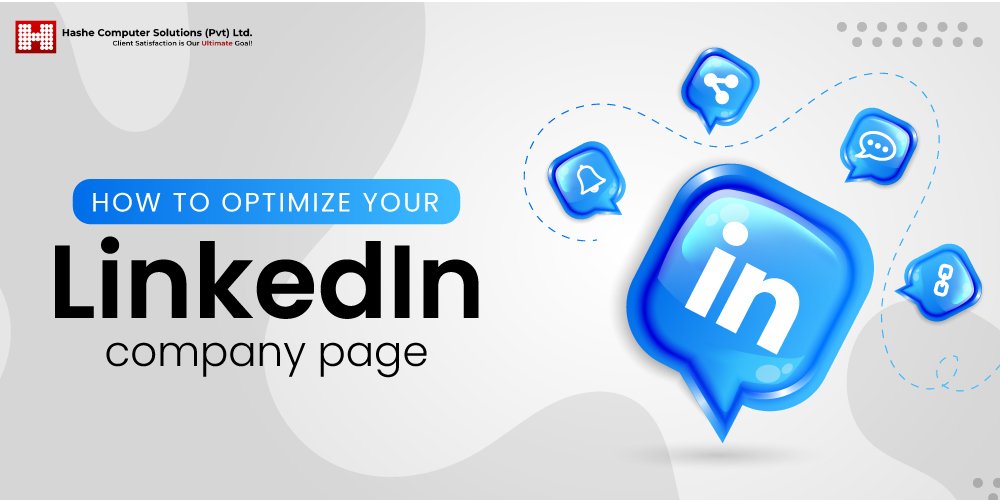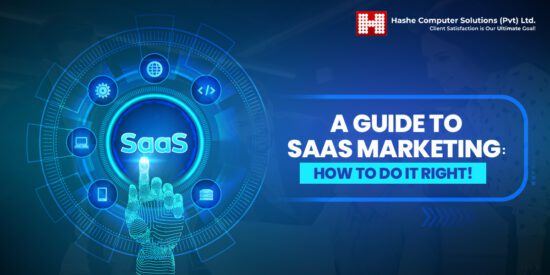
LinkedIn may seem to be all about business. But in the end, it’s still a social network!
LinkedIn began as a social media platform for connecting with other professionals and showcasing your professional background. However, it is now a fully-fledged social networking channel with opportunities, helpful information, and energetic discussions.
But like any social media network, LinkedIn can appear inconsistent in its benefits, bouncing between being a highly effective lead generator and a tedious task with little apparent reward.
LinkedIn also uses an algorithm like other social media sites to deliver content to its users. And just like any algorithm, it uses a range of factors to decide what to do. If you want the right people to view your LinkedIn posts, it is crucial to know these factors.
Continue reading if you want the platform’s secret formula to work for you. Below is the complete guide to the 2026 LinkedIn algorithm!
What is the LinkedIn Algorithm?
The LinkedIn algorithm is a system that decides which content gets seen by specific people on the platform. It aims to make each user’s newsfeed as relevant and engaging as possible to boost engagement and time spent on the network. The LinkedIn algorithm is comparable to the Facebook or TikTok algorithms in this regard but is a little more transparent.
The general purpose of the LinkedIn algorithm is to study and evaluate the billions of postings made daily, determine which ones are most genuine, substantial, and pertinent to each user, and place them at the top of their news feeds.
Let’s see how the LinkedIn Algorithm works in 2026.
How Does the LinkedIn Algorithm Work in 2026?
The feeds of LinkedIn members don’t display posts in chronological order. Instead, the LinkedIn algorithm decides which content appears at the top of users’ news feeds. Therefore, older or more well-liked posts occasionally appear before more current ones do.
It can work to your advantage if you know how to create content that pleases the algorithm. However, if you miss the target, the content can never reach the level you want it to.
Several factors impact the LinkedIn algorithm, many of which change regularly. Let’s take a closer look at how it functions.
1. Evaluates & Filters Content by Quality
The LinkedIn algorithm evaluates each post to determine whether it is spam, low-quality, or high-quality content. It removes spam content and performs additional screening for low-quality content. The high-quality information gets cleared.
The algorithm categorizes your content in the following days:
- Spam: If your content contains multiple links or has poor grammar, it might get reported as spam. Avoid posting more frequently than every three hours, and do not tag more than five individuals in a post. Hashtags such as #like, #comment, and #follow can also flag the system.
- Low-Quality: These are not spam posts. However, they also do not adhere to the best practices for content. The inability to create engaging content will result in the system rating it as low quality.
- High-Quality: Content that is “clear” is simple to read, promotes interaction, includes powerful keywords, employs three or fewer hashtags, only tags people likely to respond, and reserves outbound links for the comments. In other words, it’s something that will pique the interest of and elicit a meaningful response from your audience.
2. Tests Your Posts
Once a post has passed the spam filter, the algorithm sends it out to a tiny portion of your followers for a brief period (approximately an hour) to gauge how well it will engage your audience. Within this “golden hour,” if your followers like, comment, or share the post, the LinkedIn algorithm will spread it further.
The algorithm will not share the post further if, on the other hand, it gets ignored, your followers opt to remove it from their feeds, or—worst of all—they flag it as spam.
You can make the most of this time by posting when your followers are online, responding to questions or comments, eliciting engagement, and posting consistently.
3. Delivers Your Engaging Content to More Users
If the algorithm deems your content worthy of being disseminated to a larger audience, it will use three ranking signals to decide who sees it. These signals are personal connection, interest relevance, and engagement probability.
These indicators boil down to your level of relationship with the user who might view the post, the user’s level of interest in the subject matter, and their propensity to engage with the content.
4. Additional Spam Checks & Ongoing Engagement Monitoring
The LinkedIn algorithm keeps track of how people perceive your posts concerning quality even after it shares with a larger audience. LinkedIn will stop displaying your content to the new audience group if they flag it as spam or completely ignore it. On the other hand, if the content connects with new audiences, LinkedIn will continue to feature it. Posts can remain visible for months if they receive consistent engagement.
How can you make the LinkedIn Algorithm work for you?
The first step to expanding your audience on LinkedIn and ensuring your content is well-liked and engaging is to know how the LinkedIn algorithm functions. The next stage is to maximize the impact of your content by optimizing it based on the criteria the algorithm prioritizes most. Understanding the ranking signals is crucial in this situation.
Here are some tips to help make the LinkedIn Algorithm work in your favor!
1. Be Relevant
The algorithm prioritizes relevance over all other aspects of content. Relevance for LinkedIn translates to engagement, which results in more time spent on the platform and more ad revenue, which supports ongoing growth. This tip can help you score higher in the “interest relevance” and “engagement probability” ranking categories.
Create content targeted at your niche and your audience’s unique demands and interests to ensure your postings are relevant. Learn more about what your audience is interested in by using customer research and analytics from other social media platforms. Concentrate on producing valuable, high-quality content in the formats that professionals like (for instance, videos, which receive three times the average activity of text-only postings). But posting content personal and relevant to your industry is crucial above all.
2. Post at the Right Time
As with other things, timing is essential for successful LinkedIn posts. It’s even more significant when you know about the “golden hour” testing procedure critical to the algorithm’s rankings.
It is crucial to achieving excellent engagement throughout the first hour. If your audience is dozing off, you won’t see the likes and comments coming in. Plan your posts to go live when most of your followers are online for the most exposure.
3. Encourage the Engagement
The way you format your posts can have a substantial impact on user engagement. Although the LinkedIn algorithm doesn’t explicitly favor videos over photos and text posts, its internal data shows that video advertising is five times more likely to initiate conversations than other types of sponsored content.
Another excellent strategy for promoting interaction with your content is asking a question. Open the discussion to commentators by inviting them to contribute their thoughts or experiences on the subject if you’re giving industry expertise.
Additionally, using a tag in a LinkedIn post can increase its visibility, but only if it is specific to the post’s audience and is likely to generate engagement. Just because you tagged a celebrity doesn’t mean you’ll instantly be visible
to their entire fan base. The spam filter in the algorithm might penalize your post as a result. The marked person’s connections and followers will also see your post in their feeds if you tag them relevantly.
4. Don’t beg your users for engagement
When a hashtag or post specifically requests an engagement action, such as a follow or a remark, the LinkedIn algorithm penalizes it. LinkedIn made it clear in a blog post on May 2022. Therefore, avoid anything that begs for interaction because the algorithm will regard it as low quality.
5. Promote new posts on other platforms
Posts on LinkedIn can benefit from content that is popular on other platforms and vice versa. Sharing postings with coworkers, on your website and other social networking platforms, or in person can generate the initial engagement needed for a viral LinkedIn post. Promoting material on various channels can also motivate inactive LinkedIn users to re-engage with the network, and that interaction will be read as net new engagement for your post.
6. Remain Professional
LinkedIn has established its identity as a “professional social networking site,” and this extends to the content it prefers. Specifically, it includes business-related information that is pertinent and valuable to the users’ professions.
Although it may seem obvious, it can be tempting to assume that content that receives a lot of clicks or likes on other social media platforms would perform the same way when cross-posted on LinkedIn. Unfortunately (or thankfully), amusing memes, TikTok dance clips, and personal videos do not go well with the LinkedIn algorithm.
7. Avoid Outbound Links
Particularly for B2B marketers who use LinkedIn to drive leads and traffic to their websites, the impulse to include an outbound link in a LinkedIn post is real. But everyone agrees that this is a strategy to avoid. Link-outs defeat LinkedIn’s goal of keeping members active and on the platform. Therefore, the algorithm prefers to downgrade content that has an outbound link. Include the URL in the comments if you must link to something off-platform.
8. Observe SSI
LinkedIn offers a proprietary score called the Social Selling Index that gauges your effectiveness in establishing your professional brand identity, discovering relevant people, exchanging insights, and forging relationships. According to LinkedIn, users with higher SSI ratings generate 45% more opportunities than users with lower SSI scores.
A higher SSI elevates users’ posts to the top of their target audience’s feeds. While this influences post availability for individual posters rather than brands and businesses, it still substantially impacts the algorithm.
Enhance Your Brand’s LinkedIn Presence!
Despite its daunting appearance, the LinkedIn algorithm is quite simple. It uses a set of criteria and rating measures that you can learn and apply to offer users engaging and informative content.
You may increase the visibility of your posts on LinkedIn and perform better overall by being aware of the algorithm’s preference for interaction, relevancy, and connections. And by implementing the best practices suggested in this article, you’ll be able to maintain your audience’s attention and provide plenty of opportunities for them to interact with your content.
You can also hire a digital marketing agency to upgrade your digital and social media marketing game! Through excellent social media strategy and creative digital marketing campaigns, Hashe assists brands in strengthening relationships with new and existing customers. We are one of the leading digital marketing services agencies that offer world-class digital marketing solutions and help businesses grow!
Keep following us for more tech news! Check out our Social Media Pages
Was this helpful?
Last Modified: January 6, 2026 at 5:13 pm
329 views















